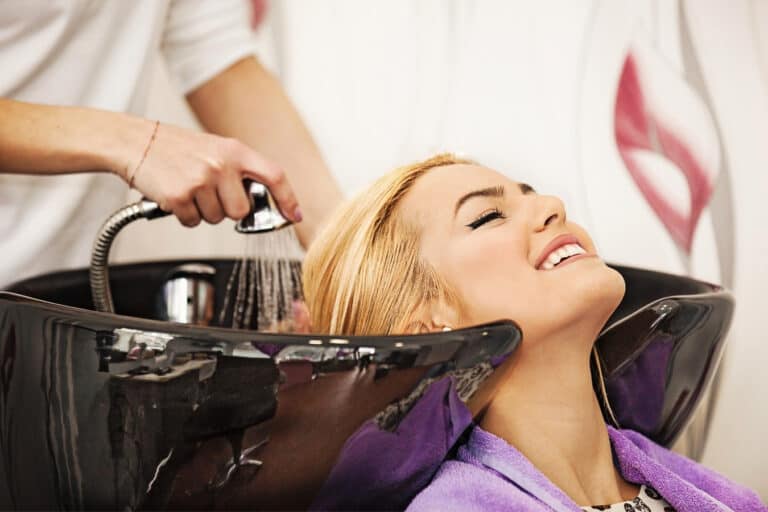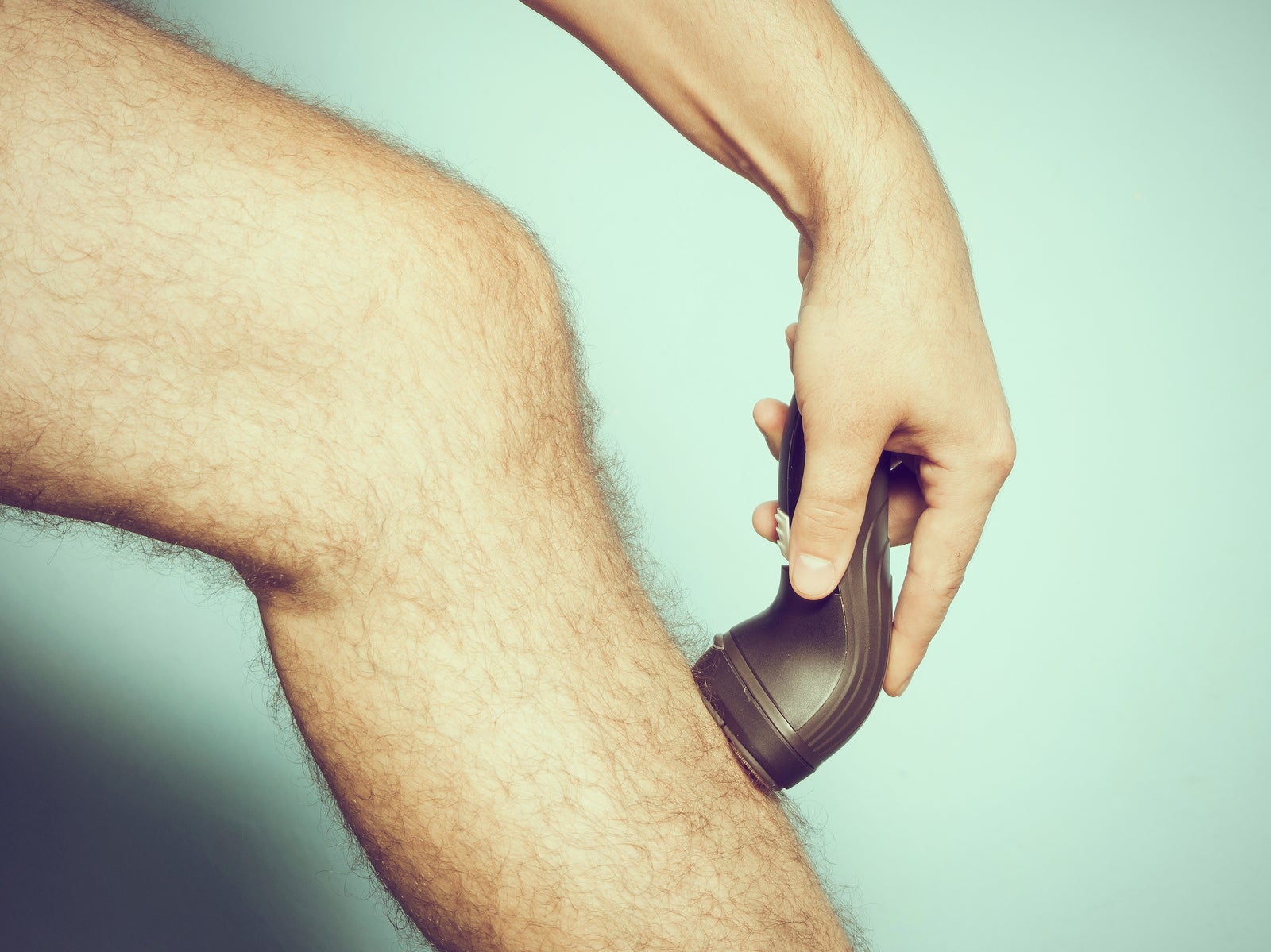Table Of Content

However, it’s essential to keep in mind that bleaching wet hair can still be hazardous, necessitating extra care during the process. Thanks to the bleach’s ability to penetrate the hair shaft more effectively when it’s wet, you can expect quicker results compared to dry hair bleaching. If you’re using a hair color kit, you can easily follow the instructions on the box, including details on how long to leave the bleach on. If your hair is being lightened at a salon, your colorist will mix bleach and a developer. How long the bleach sits on your hair will be impacted by the type of developer they use. Developer comes in different volumes, and a lower volume will typically require leaving the bleach mixture on for longer.
How Can I Speed Up the Process of Bleaching My Hair?
Do you know what happens to your hair when it is bleached while it is dry or wet? There is a difference in outcome, but the process will lift your hair regardless. The second session of bleaching will further lighten the hair. However, when it is done while it is wet, it lessens the damage received by the tips. Let’s get to know those effects so you can decide whether you should use bleach on wet hair or not. Because moisture dilutes bleach, it helps to produce a more subtle and natural look.
Contact Trained Colorists
However, it's important to avoid heavy conditioners or oils immediately before bleaching, as they can create a barrier between your hair and the bleach. Strong, well-nourished hair can better withstand the chemical stresses of bleaching. Additionally, Fully Vital’s products can complement the process, ensuring your hair stays nourished and strong. Expert opinions on the subject can vary, so it’s crucial to weigh the benefits against the possible risks. For those with thin or fine hair, this method may lower the chance of damage while providing a gentle lift in color.
Bleaching Wet Hair
But bleaching wet hair gives quicker results, protecting your hair from damage. This is especially important for wet hair bleaching, where the hair's structure can be more susceptible to breakage. While there are advantages to bleaching wet hair, the increased elasticity of wet strands raises the risk of breakage during the process. For those who prefer to bleach wet hair, understanding these differences is essential to achieve your desired lightness while keeping your hair intact. Bleaching wet hair can be a risky endeavor, and although it can be done in certain cases, it’s generally not recommended.
Should You Use Hair-Lightening Sprays on Your Hair? - Real Simple
Should You Use Hair-Lightening Sprays on Your Hair?.
Posted: Tue, 06 Jun 2023 07:00:00 GMT [source]

Whether dealing with wet or dry hair, bleaching can easily and quickly damage your hair if done incorrectly. Both experts say that some over-the-counter bleaching products could trigger a chemical reaction and potentially fry your hair. If you want to achieve a lighter, brighter hair color, you'll likely need to bleach your hair. The process typically involves applying a mixture of powdered bleach and hydrogen peroxide to your hair, which lifts pigment from each strand.
Use Of Essential Oils
When bleach is applied, it interacts with melanin and degrades it. If you apply too much bleach to damp hair, you cannot get the color you want. In fact, there are a few reasons where you can apply it on hair that is wet like wet balayage, brightening up your blonde shade and for a subtle change in color. However, it also increases hair damage and is not recommended. Bleaching your hair when it is dirty and greasy is recommended as the natural oils help protect your hair and scalp from chemical damage.
What techniques can be used for bleaching wet hair?
When applying bleach, make sure to avoid scalp irritability or discomfort by keeping the product away from skin contact. Once done, maintain a strict post-bleaching hair care routine that includes quality shampoos and conditioners to protect newly colored tresses from further damage. It allows bleach to penetrate the cuticle more quickly than dry bleaching, resulting in faster lightening without over-processing. Bleaching wet hair is ideal for creating a subtle lightening effect. Additionally, a colorist will know if bleaching wet hair will get the look you want.
7 Things to Do Right After Dyeing Your Hair, According to Colorists - Real Simple
7 Things to Do Right After Dyeing Your Hair, According to Colorists.
Posted: Wed, 25 Jan 2023 08:00:00 GMT [source]
Consistent use of high-quality shampoos and conditioners designed for colored hair will help maintain color vibrancy while replenishing moisture lost during bleaching. Consult a stylist for expert advice on how to prepare hair prior to dyeing or lightening. If you’re considering an at-home bleach kit, use caution as this process can potentially harm damp hair due to its fragility when wet. For a brightening effect, you can use the wet balayage technique to add subtle highlights to your ends.
"Although this may take longer, bleaching dry hair allows you to use various techniques and placement strategies that damp hair does not," Mildice adds. Bleaching wet hair leads to damage because washing your hair removes natural oils from your hair strands which can lead to scalp irritation, hair breakage and damage. In fact, wet bleaching brings weaker results than applying bleach on dry hair. The moisture in your wet hair acts as a barrier for the pigments to seep through. The world of hair beauty is seeing a growing trend of vibrant hair colors. Popular coloring techniques include highlights and wet balayage.
Get medical help immediately if you suspect hair bleach poisoning. In case the chemical has come in contact with your eyes, wash your eyes with lots of water for at least 15 minutes. If you find that you have accidentally swallowed the bleach, don't induce vomiting unless suggested by a healthcare expert. Bleaching agents cause your hair cuticles to swell making your hair look more voluminous after a bleaching session. If the shade that you have got is what you desire, you could follow it up with a toner to even out your hair color.
It’s best to avoid applying toner to wet hair immediately after bleaching. Firstly, your hair should be towel-dried and must never be left dripping wet. Applying toner to hair that is too wet may lead to uneven results and even dilute the toner. On the other hand, the toner may not be as effective if it is applied to hair that has become dry. For optimal results, apply the toner once your hair attains the right level of dampness, or when it is just damp to the touch.
In this blog post, we’ll take a closer look at the pros and cons of bleaching wet hair and give tips on how to do it safely. Whether you’re a first-time bleacher or a seasoned pro, this article will teach you how to safely and successfully dye your hair the desired color. If you're considering bleaching your hair, Mildice and Anderson suggest leaving the heavy lifting to a professional colorist.

No comments:
Post a Comment